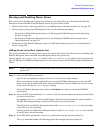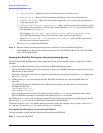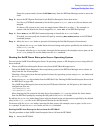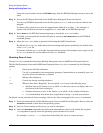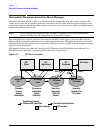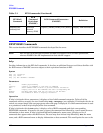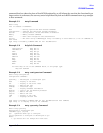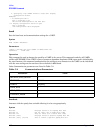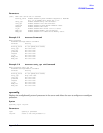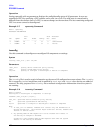
Appendix C
Utilities
Extensible Firmware Interface Boot Manager
163
The EFI boot manager loads EFI applications (including operating system [OS] first stage loader) and EFI
drivers from an EFI-defined file system or image loading service. Non-volatile RAM (NVRAM) variables point
to the file to be loaded. These variables contain application-specific data that is passed directly to the EFI
application. EFI variables provides system firmware a boot menu that points to all the operating systems,
even multiple versions of the same operating systems.
The EFI boot manager allows you to control the server’s booting environment. Depending on how you have
configured the boot options, after the server is powered up the boot manager presents you with different ways
to bring up the server. For example, you can boot to the EFI shell, to an operating system located on the
network or residing on media in the server, or the Boot Configuration menu, see “Using the Boot
Configuration Menu”.
• Boot From File—Allows the user to explore the EFI file system and to choose a file to boot. The selected
file will not be added to the boot option list.
• Add Boot Entry—Adds a boot option to the EFI boot manager. You select the boot option by exploring the
available file systems for the EFI file you wish to add. After selecting the file, you will be prompted for the
name of the boot option and for any optional ASCII or UNICODE arguments the file might use. After
saving the boot option you may boot it by selecting it from the list of available boot options in the boot
menu.
• Remove Boot Entry—Deletes a specific boot entry or all boot entries.
• Edit OS Boot Order—Controls the relative order in which the EFI boot manager attempts boot options.
For help on the control key sequences you need for this option, see the help menu.
• BootNext Configuration—Selects a boot option to use one time (the next boot operation).
• AutoBoot Configuration—Defines the value in seconds that pass before the server automatically boots
without user intervention. Setting this value to zero disables the timeout feature.





